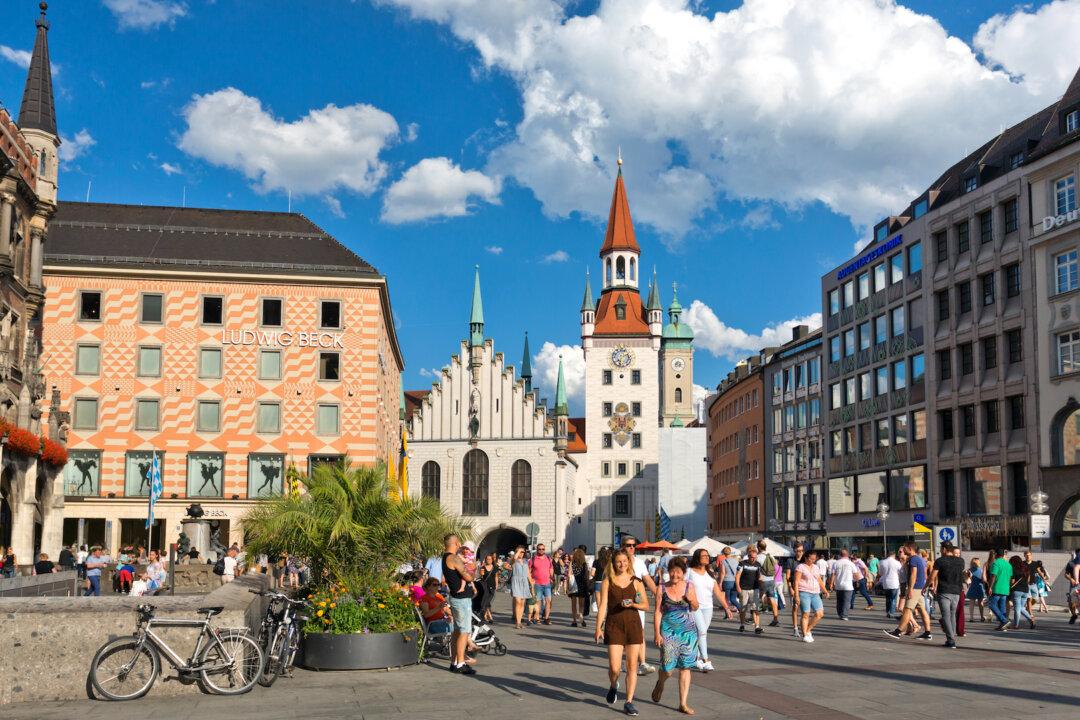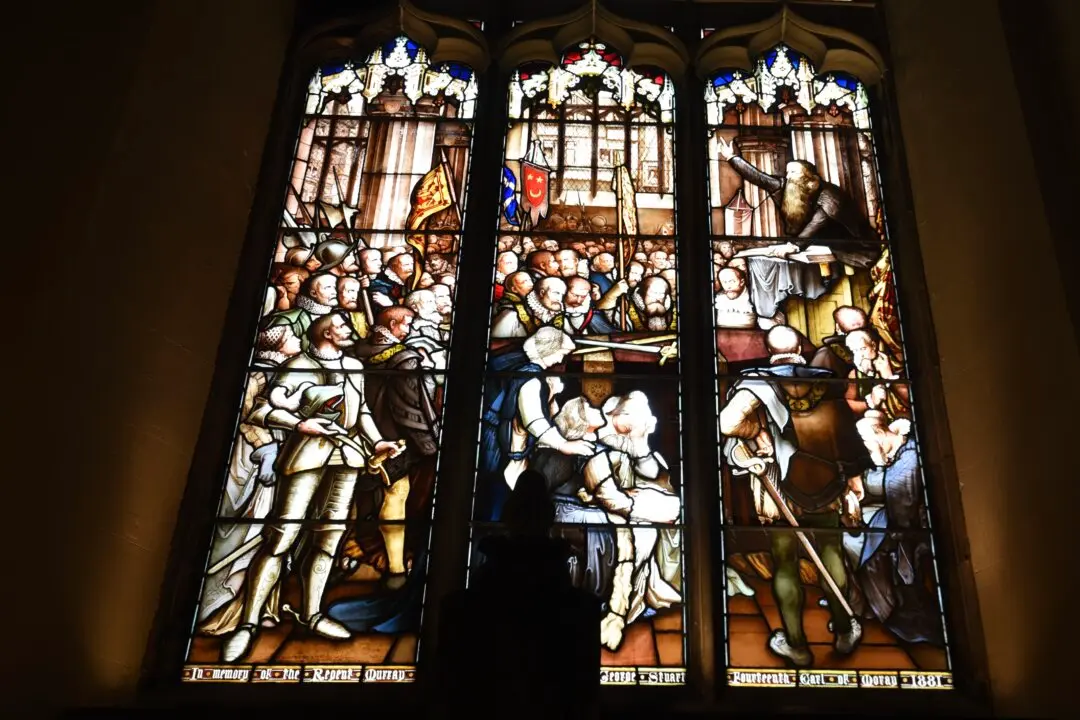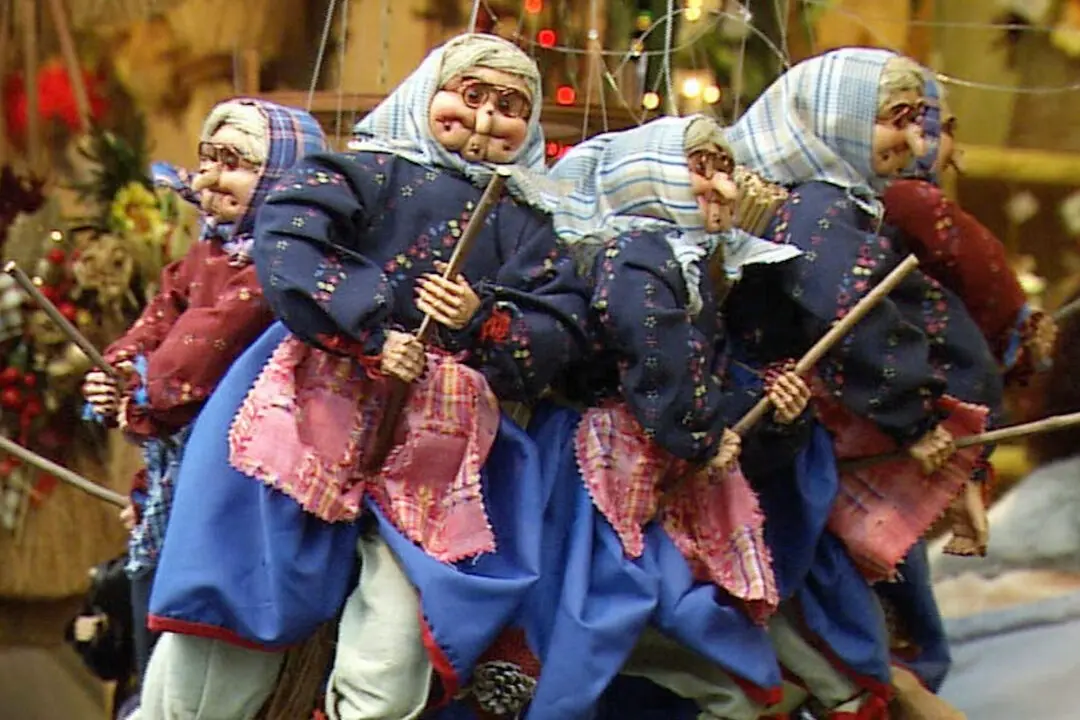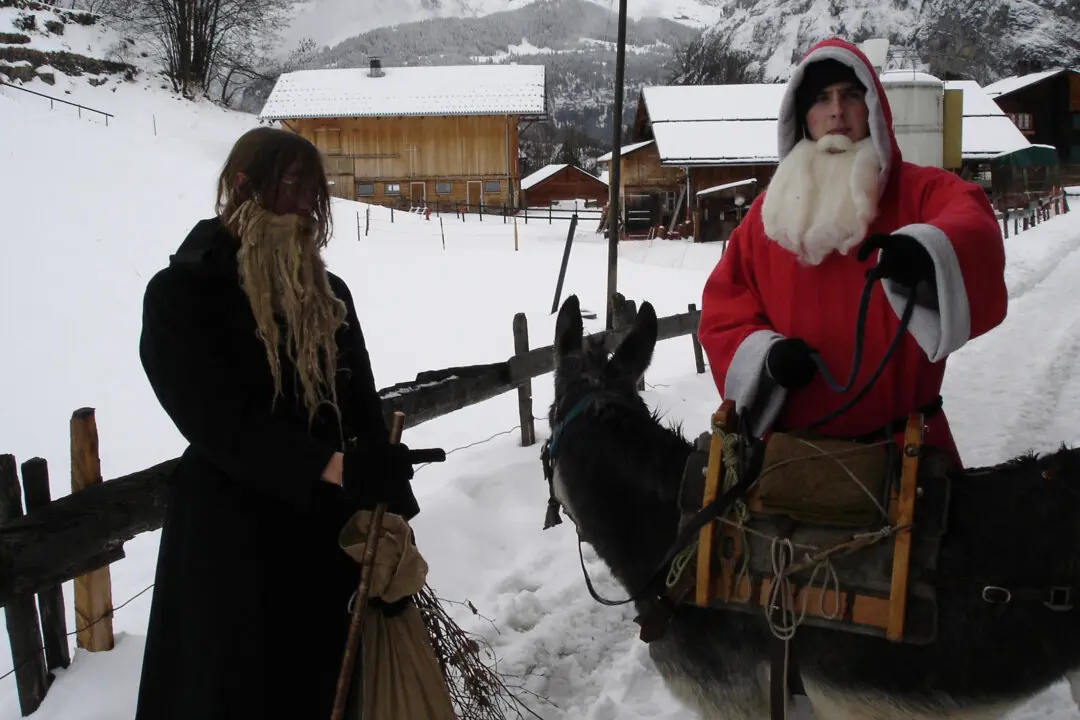For a while now, I’ve marveled at how Berlin has eclipsed Munich in urban energy. Bavaria’s capital seems to be comfortable just being itself rather than trying to keep up with Berlin or Hamburg, its big sisters to the north. It’s a city that celebrates its past while looking energetically into the future.
Despite its population of 1.5 million, Munich (or “München,” as it’s called in German) feels small. This big-city elegance is possible because of its determination to be pedestrian—and bike-friendly, and because of a law that allows buildings taller than the cathedral’s towers only in the city’s outskirts. Even Oktoberfest, the world’s biggest beer party, is not corporate run but city run—leaving it free, easygoing, and hell-bent on having fun rather than making money.





